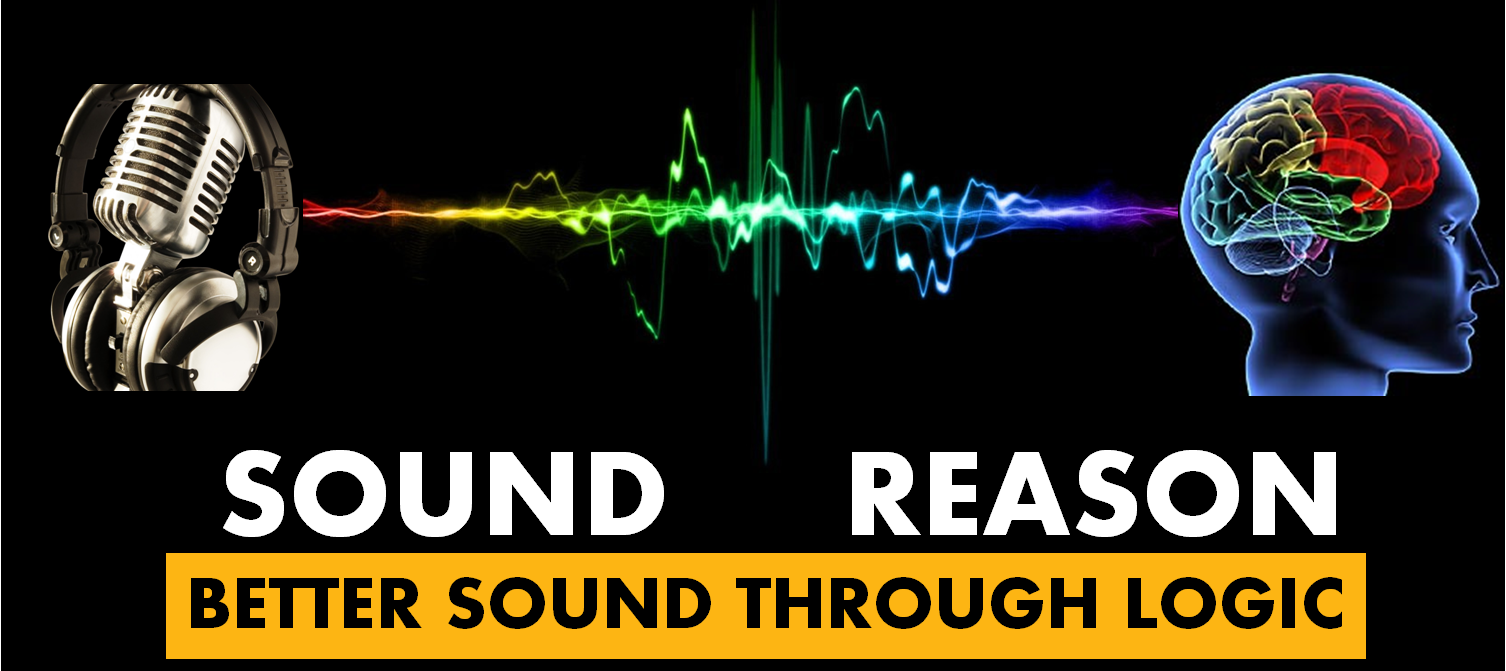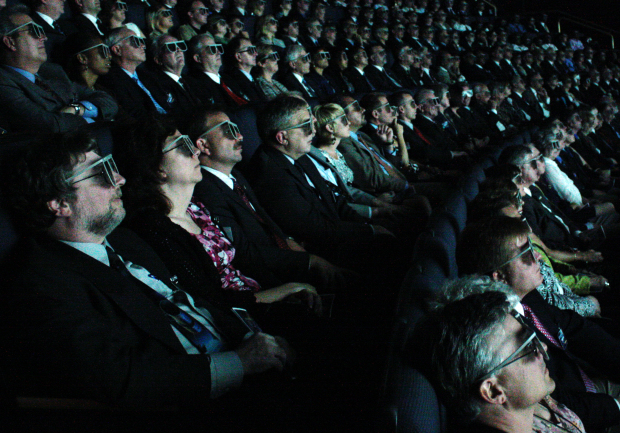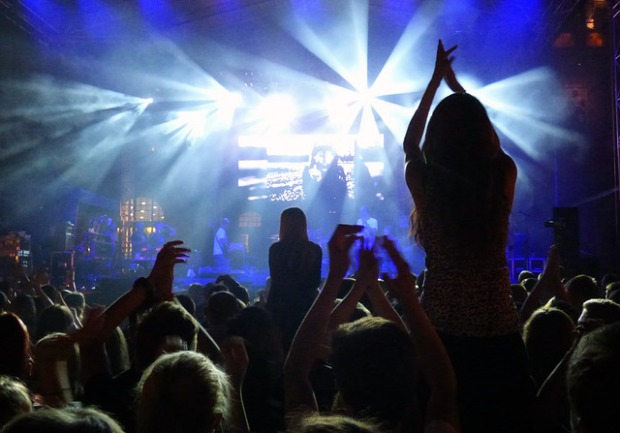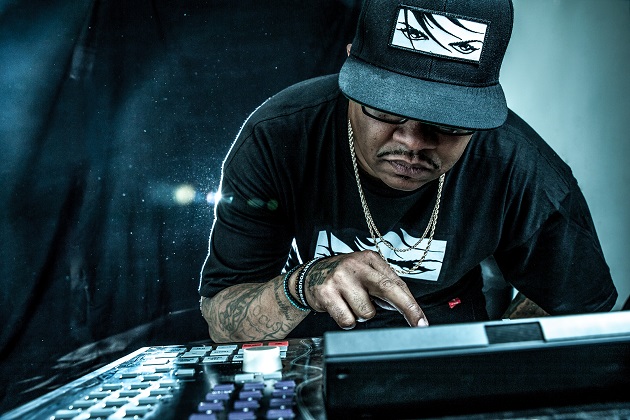 “People assume that time is a strict progression of cause to effect, but actually, from a non-linear, non-subjective viewpoint, it’s more like a big ball of wibbly-wobbly… timey-wimey… stuff.”
“People assume that time is a strict progression of cause to effect, but actually, from a non-linear, non-subjective viewpoint, it’s more like a big ball of wibbly-wobbly… timey-wimey… stuff.”
-The Doctor Doctor Who Episode Blink
That quote is one of the perennial lines from the New Who canon that fans will recall and recite with possibly more repetition than any other. But it is that line that kept coming to mind when I was wandering through the halls and conference rooms of the SFMusicTech Summit, as well as explaining to the AV world why I would attend such a conference.
I’m going to attempt to see if I can explain it in a way that makes sense but digs deeper than the statements ‘I am still a musician,’ ’ still a live sound engineer,’ ‘still working with artists to consult/produce albums,’ ‘and I still love music.’
It begins with a question
In the AV world we work with clients and users that are looking to reach an end result. We focus so very intently on ensuring that the system will function correctly and efficiently to meet their goals. We examine the best video switchers, projectors, displays, screens, speakers, and signal processers to be certain which products are best suited for the given application.
The starting question I use for every system I get involved with is, “what is it you want this system to do?” Without an understanding of how the client or user wants the system to function, we cannot guarantee that we are providing the best solution for the job.
The music industry revolves around a variation on that same question, “what do you want it to sound like?” This question can be focused on the idea of production and mix, but these days the quality of the digital audio in and of itself must also be taken into consideration.
It’s at this point that we find the first thread to be pulled that can unravel the whole ball of wibbly-wobbly…stuff. The artists are starting to produce, and make available, higher quality materials. We’re seeing some 4K content in the visual space as well as audio quality above and beyond what has been available in the past.
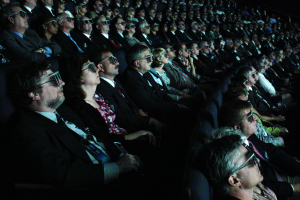 Immersion for the result of engagement
Immersion for the result of engagement
People are choosing to make an investment in these devices because they want the deeper user experience. The musicians want to drive their listeners deeper into the liminal space where the focus is on the music and not the other activities that are going on while the music plays. This kind of engagement, though, is hard to come by and is currently one of the biggest topics of conversation in the music industry.
So how does this desire for a deeper engagement impact the decisions that we are making in the AV world? Significantly is the most straight forward answer I can give. If the desired end result of the system is to provide an engagement level that boarders on removing the listener/user away from the reality around them, that means we are now required to take into account all the environmental factors in addition to ensuring that the product choices will not alter the quality of the signal transmission at any point in the system.
If the audio signal is being passed at 192 kHz sample rate, all devices need to be able to function at that level. If the video origin is 4K at 60 Hz, we want to make sure that all devices will support that. At this point in time is it possible to design sophisticated home and commercial AV systems that will always meet these specifications? No, the technology is still being developed in order to reach the higher standards of material that we are beginning to see produced.
The media environment will become one of complete immersion. While the producers and artists have a vision for how they want people to experience and receive their product, it will not be their responsibility to create that environment. Also due to the fact that the majority of people will not be investing in 4K video systems and ultra-high fidelity sound systems for their home due to a lack of funds, artists and producers will also be accommodating for the everyday user as well.
These immersive media experiences therefore have the possibility of being placed in larger environments like theaters, museums, concert halls, or any other venue where the artist feels their media can best be represented and absorbed by an audience.
With empathy we bring results
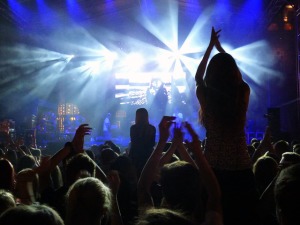 It will be the AV professionals of the world that are going to be consulted as to how to best create these environments to achieve the highest possible results. And this is where we get back to the original point – if we in AV are not paying attention to the goals of the media producers are doing, how can we pre-emptively address issues that might arise due to things like acoustics, lighting, or clean power concerns?
It will be the AV professionals of the world that are going to be consulted as to how to best create these environments to achieve the highest possible results. And this is where we get back to the original point – if we in AV are not paying attention to the goals of the media producers are doing, how can we pre-emptively address issues that might arise due to things like acoustics, lighting, or clean power concerns?
The AV industry is at the heart of many people’s lives without them even knowing that we’re there. They might not think about the effect that we have when it comes to proper configuration of an audio system, all they hear is that the music doesn’t sound the way that they are accustomed to hearing it. They might not think about the effect that we have when it comes to the quality of the visual display, but without even flinching we’ll notice improper contrast or blown out color balance that could alter the receipt of the video and even alter meaning (think if the yellow brick road was suddenly green).
With our systems a part of the world of music, video, business, residential, house of worship, education, entertainment venues, and countless other places, we have a certain personal responsibility to take their development into account. We are constantly tracking the corporate world right now as the use of unified communications and collaboration technology is more and more widespread. The music industry is just another one of our business partners in creating AV experiences, they just don’t happen to be our direct client in some cases. Instead, they are relying on us to know how to make their art sing in a way that helps them move the world.
